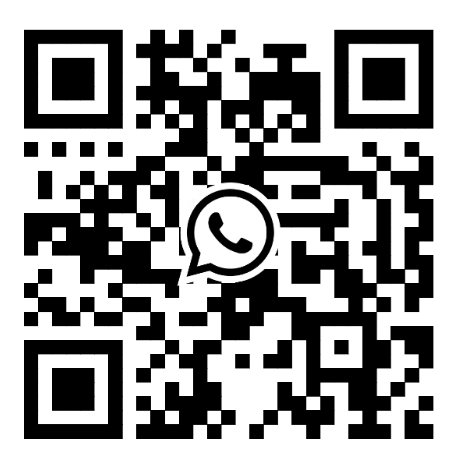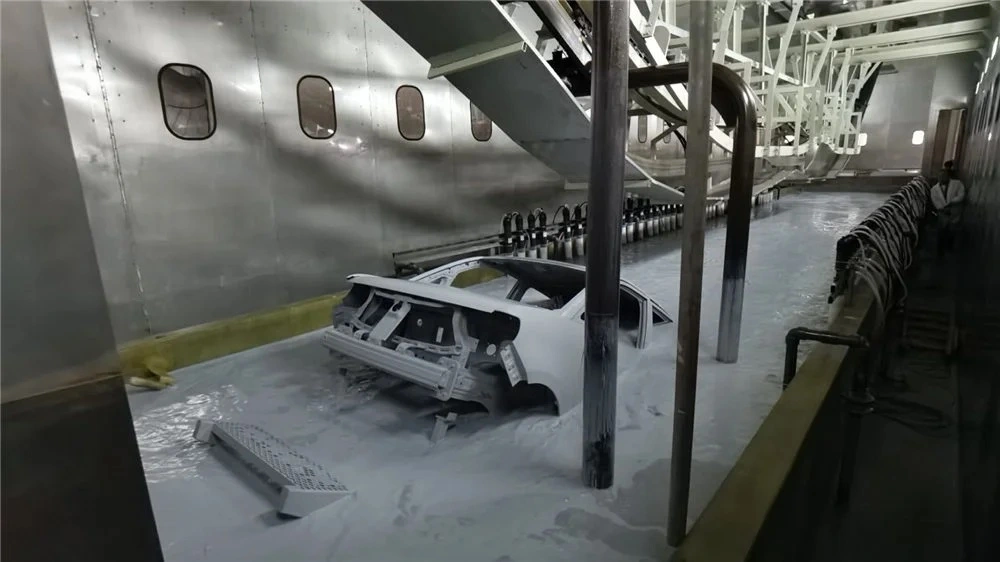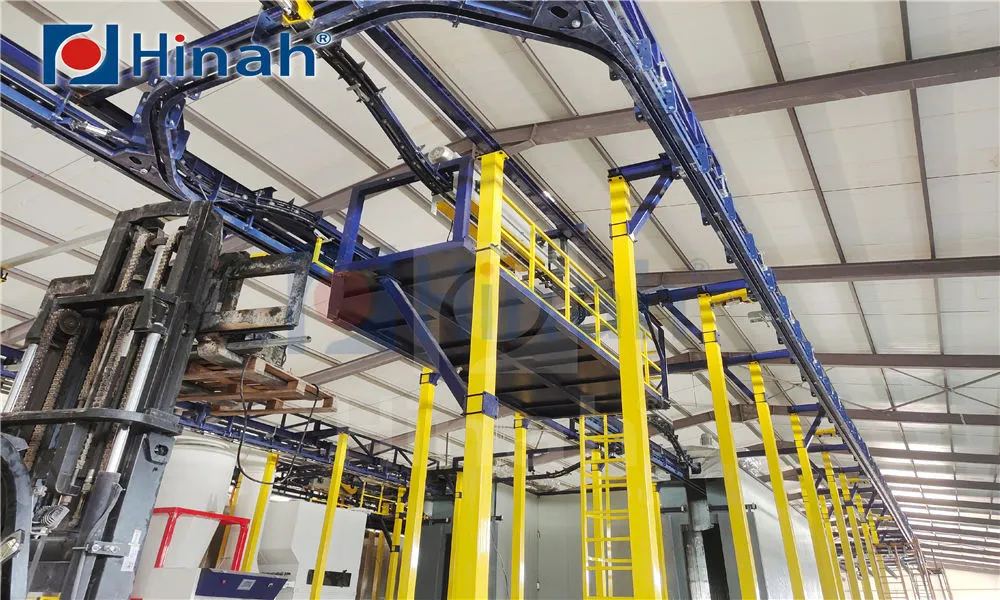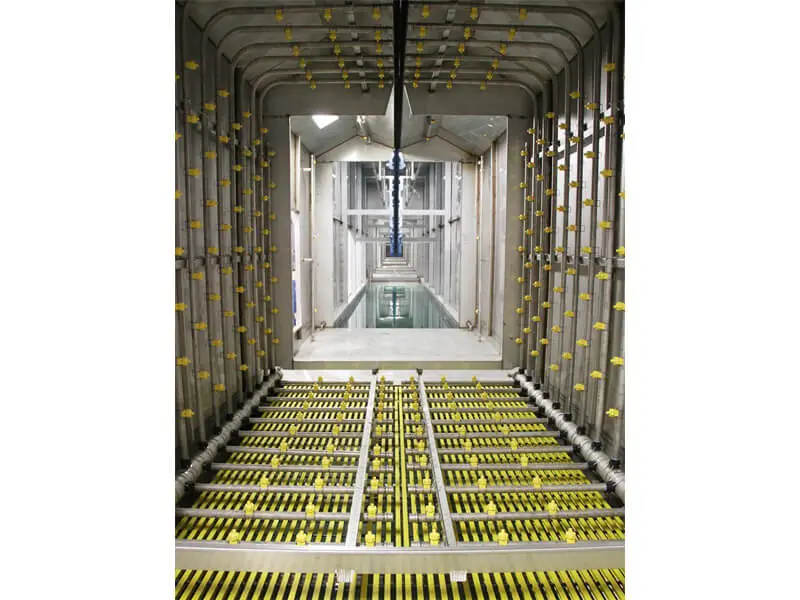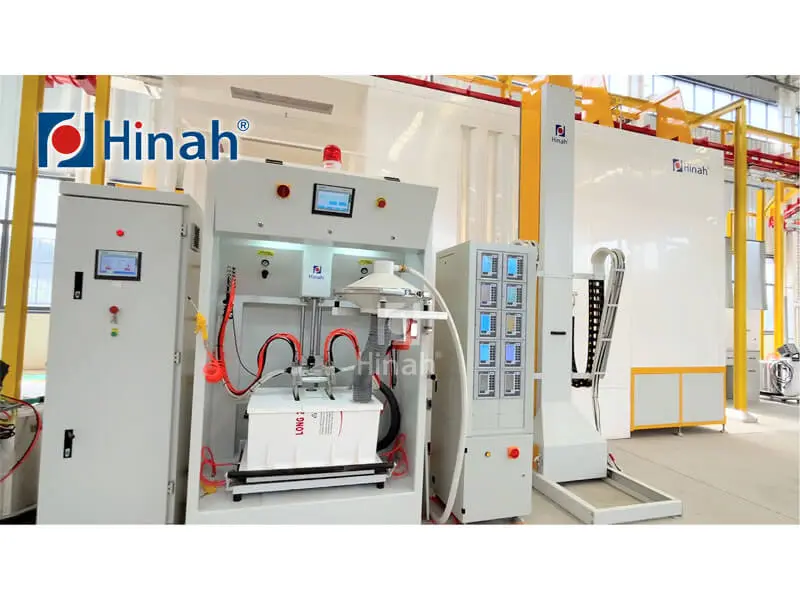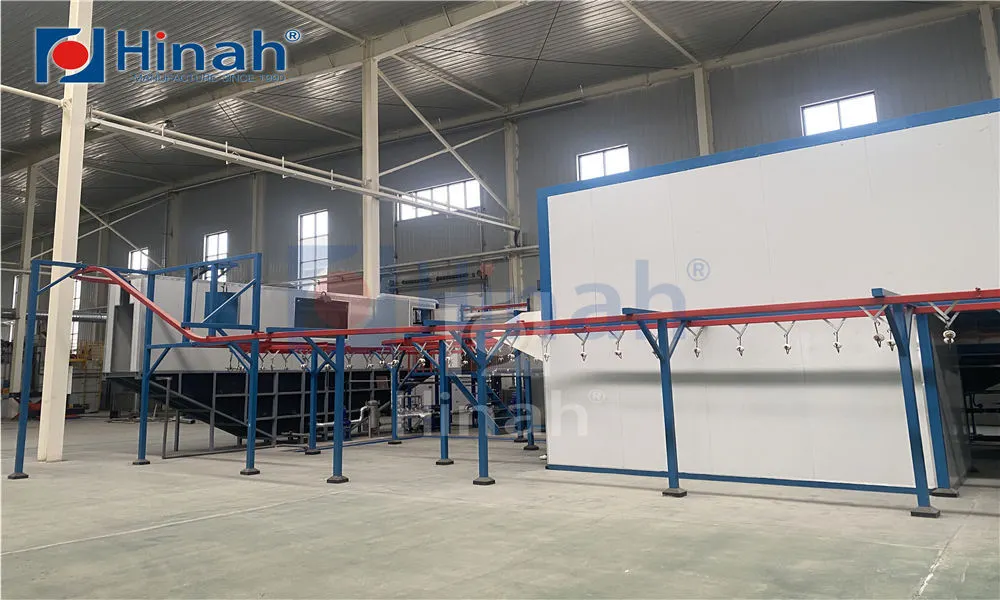Automated powder coating has revolutionized surface finishing across countless industries, offering unparalleled efficiency, consistency, and environmental benefits compared to traditional liquid painting or manual powder application. As manufacturers strive for higher throughput, reduced waste, and improved quality control, investing in automated powder coating systems has become a strategic imperative. This comprehensive guide explores the components, benefits, and considerations of modern automated powder coating lines, from individual machines to complete turnkey automated powder coating plant solutions.
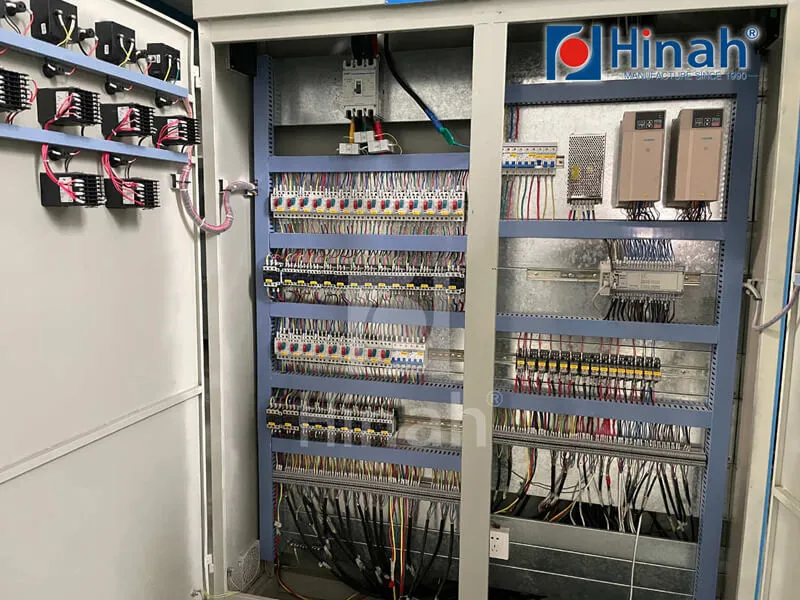
What is Automated Powder Coating and Why Does It Matter?
Automated powder coating refers to the process of applying a dry, electrostatically charged powder paint to a substrate (typically metal) using machinery and control systems that minimize or eliminate manual intervention. The coated part is then cured in an oven, where the powder melts, flows, and chemically cross-links to form a durable, high-quality finish.
The shift towards automation is driven by several critical factors:
Consistency & Quality: Eliminates human variability in spray technique, ensuring uniform film thickness, coverage, and appearance on every part, batch after batch.
Increased Productivity: Automated powder coating lines can operate continuously at high speeds, significantly boosting throughput compared to manual booths.
Reduced Operating Costs: Dramatically lowers labor costs and minimizes powder overspray waste through highly efficient recovery systems. Material utilization often exceeds 95%.
Enhanced Worker Safety & Environment: Removes operators from the spray environment, reducing exposure to particulates and VOCs (Volatile Organic Compounds are near-zero with powder). Improves workplace air quality.
Repeatability & Traceability: Precise robotic programming and integrated process control ensure repeatable results and enable detailed production data logging.
Handling Complex Geometries: Advanced robots can be programmed to coat intricate parts consistently, reaching areas difficult or impossible for manual operators.
Deconstructing the Automated Powder Coating Line
A complete automatic powder coating line is a sophisticated integration of several key subsystems working in harmony. Understanding each component is crucial:
1. The Automated Powder Coating Booth: The Contained Application Zone
The automated powder coating booth is the enclosed environment where powder application occurs. Its primary functions are containment, overspray recovery, and operator safety (if manual stations are present). Key features of modern automated booths include:
Robust Construction: Made from durable materials (often stainless steel or coated mild steel) to withstand constant powder exposure and facilitate cleaning.
Efficient Airflow Design: Creates a controlled downdraft or crossdraft to capture overspray powder immediately, preventing contamination and maximizing recovery.
Integrated Recovery Systems: Cyclone separators and cartridge filter modules efficiently extract powder from the exhaust air stream, feeding it back to the feed hoppers for reuse.
Safety Features: Explosion venting, proper grounding, fire suppression systems, and access interlocks are standard.
Lighting: High-intensity, explosion-proof lighting ensures optimal visibility for monitoring and camera systems.
Access for Automation: Designed with openings and mounting points for robotic arms, reciprocators, and fixed automatic guns.
2. The Core: Automated Powder Coating Machines & Application Technology
This is the heart of the automated powder coating system, where the powder is precisely applied. Key technologies include:
Industrial Robots: Multi-axis robots offer the ultimate flexibility. Programmed with complex paths, they can coat highly intricate parts consistently. They handle the spray gun(s) and can often switch between different powder colors or types automatically.
Reciprocators: Linear or vertical reciprocators provide simpler, cost-effective automation. They move spray guns in a programmable up/down or back/forth motion, ideal for coating parts with consistent profiles (e.g., extrusions, panels, tubes).
Fixed Mount Automatic Guns: Used for very simple, high-volume parts where the part geometry and path are uniform (e.g., spraying the top surface of a simple bracket on a conveyor). Often used in conjunction with robots or reciprocators.
Advanced Powder Guns: Automated powder coating machines rely on sophisticated electrostatic spray guns (corona or tribo-charging) designed for robotic mounting. Features include precise powder flow control (via pumps and regulators), automatic triggering, and often internal cleaning mechanisms (Anti-Coat) to prevent buildup during color changes.
Powder Delivery Systems: Reliable pumps, hoses, and feed hoppers ensure consistent powder supply to the guns. Dense phase pumping minimizes shear and degradation of powder particles.
3. Essential Supporting Systems for the Automated Line
Beyond the booth and applicators, a fully functional automatic powder coating system requires:
Pre-treatment System: Often automated wash stages (spray or immersion) for cleaning (degrease, iron phosphate, zinc phosphate, etc.) and chemical conversion coating (chromate or chrome-free) to ensure optimal adhesion and corrosion resistance. Drying ovens are typically included.
Conveyor System: The backbone transporting parts through the entire line. Options include overhead power & free (ideal for complex lines with indexing), monorail, belt conveyors, or floor conveyors. The choice significantly impacts line flexibility and automatic powder coating line price.
Curing Oven: Parts enter a gas or electric convection oven after coating. Precise temperature and time control are critical for proper curing (cross-linking) of the powder film. Infrared (IR) pre-heat zones are sometimes used for faster ramp-up.
Cooling Zone: Allows parts to cool sufficiently before handling or packing, often using ambient air or forced air fans.
Control System: The central nervous system. Modern PLC (Programmable Logic Controller) or PC-based systems integrate all components:
Robot/Reciprocator path control and program selection.
Conveyor speed and sequencing.
Oven temperature profiles.
Gun triggering, powder flow, and voltage settings.
Booth airflow and recovery management.
Safety interlocks.
Production monitoring and data logging (OEE - Overall Equipment Effectiveness).
Powder Management System: Includes bulk storage, color change stations (manual or automated), sieving stations to remove agglomerates, and the feed hoppers supplying the application equipment. Automated powder coating plants prioritize efficient color changeover systems.
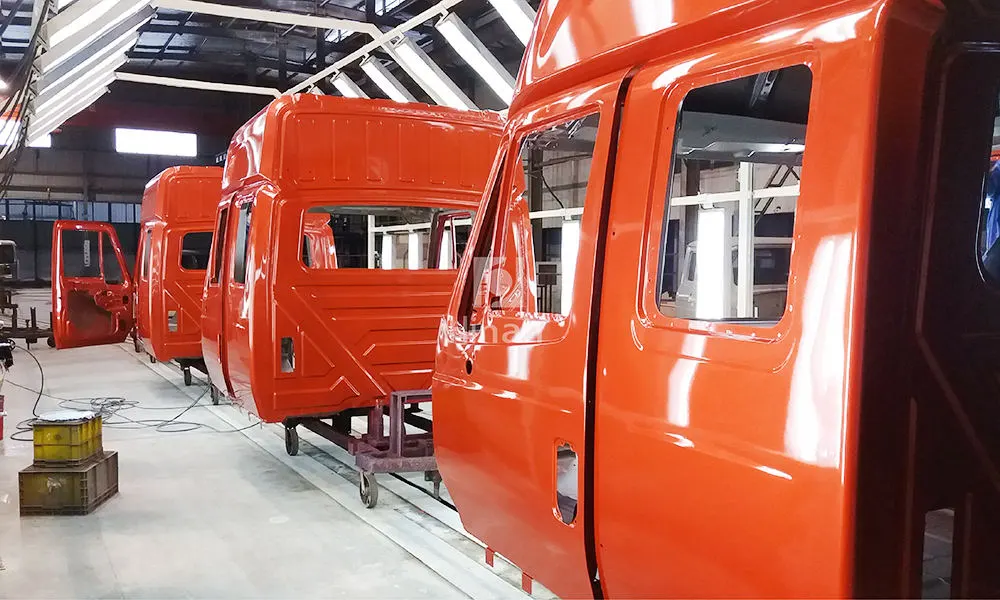
Benefits of Investing in an Automated Powder Coating System
Implementing automated powder coating systems delivers substantial, measurable returns:
Unmatched Consistency & Quality: Robotic precision eliminates human error, guaranteeing uniform coverage, thickness, and appearance on every part, meeting the strictest quality standards.
Massive Throughput Increase: Automated powder coating lines run 24/7 with minimal downtime, dramatically increasing production capacity compared to manual operations.
Significant Cost Reduction:
Labor: Drastic reduction in operators required per booth.
Material: High-efficiency recovery (95%+) slashes powder consumption costs.
Rework/Scrap: Consistent quality minimizes defects and associated costs.
Energy: Optimized curing cycles and efficient ovens reduce energy usage.
Enhanced Workplace Safety: Removing operators from the spray zone minimizes exposure to airborne powder and potential ergonomic issues. Improved environmental compliance.
Faster Color Changeovers: Advanced automated powder coating machines and booth designs incorporate features like quick-change cartridges and automated purge systems, drastically reducing changeover times (from hours to minutes).
Scalability & Flexibility: Modern automated powder coating systems can be designed for specific needs and scaled up as production demands grow. Robots offer inherent flexibility for coating diverse part families.
Data-Driven Manufacturing: Integrated control systems provide valuable production data (OEE, cycle times, energy use, fault logs) for continuous improvement and informed decision-making.
Key Considerations When Implementing Automated Powder Coating Lines
Transitioning to automation requires careful planning:
Part Characteristics: Size, weight, geometry, material, and required finish quality heavily influence the choice of robots, reciprocators, booth size, conveyor type, and gun technology needed in your automatic powder coating line.
Production Volume & Mix: High-volume, low-mix favors simpler automation (reciprocators, fixed guns). High-mix, low-to-medium volume benefits greatly from robotic flexibility. Understand your batch sizes and changeover frequency.
Footprint & Layout: Automated powder coating plants require significant space. Optimize the flow from pre-treatment, through the automated powder coating booth, oven, and cooling. Consider future expansion.
Integration Complexity: Seamlessly integrating pre-treatment, conveyance, application, curing, and controls is critical. Choose experienced integrators.
Maintenance & Support: Automated powder coating systems require skilled maintenance personnel and reliable technical support from the supplier. Factor in training and spare parts.
Budget & ROI: Automatic powder coating line price varies enormously based on size, complexity, level of automation (robots vs. reciprocators), conveyor type, and included features (e.g., automated color change). A detailed ROI analysis considering labor savings, material savings, quality improvements, and increased throughput is essential. Prices can range from hundreds of thousands for a simple reciprocator line to multi-millions for a complex robotic automated powder coating plant.
Understanding Automatic Powder Coating Line Price Factors
The automatic powder coating line price is not a single figure; it's a sum influenced by numerous variables:
Scale & Capacity: Length of the line, conveyor speed, oven size/capacity directly correlate to cost. A large automated powder coating plant costs significantly more than a compact line.
Level of Automation:
Reciprocator-based lines are generally the most cost-effective entry point.
Robotic systems offer superior flexibility but come at a higher initial cost per station.
The number of robots or reciprocators needed.
Conveyor Type: Overhead Power & Free systems offer maximum flexibility (indexing, accumulation) but are the most expensive. Monorail is a common mid-range option. Belt conveyors are simpler and cheaper but less flexible.
Booth Technology: Size, construction material (stainless vs. coated steel), airflow design (downdraft vs. crossdraft), and the sophistication of the recovery system (cyclone vs. cartridges, multi-module for color change) impact cost.
Application Technology: The type and number of powder guns, the sophistication of the powder pumps and delivery system, and the inclusion of features like automatic gun cleaners (Anti-Coat) add cost.
Pre-treatment System: The complexity (number of stages, immersion vs. spray, chemical types, water heating, waste treatment) is a major cost driver.
Curing Oven: Size, heating method (gas direct/indirect, electric, IR boost), insulation quality, and control precision affect price.
Control System: The level of integration, sophistication (basic PLC vs. advanced SCADA/HMI), and data logging capabilities influence cost.
Automated Color Change: Implementing fast, efficient automated color change (for booths, guns, hoppers, feed lines) adds significant complexity and cost but is crucial for high-mix production.
Installation & Commissioning: Costs for site preparation, utility connections, installation labor, and commissioning by the supplier.
Supplier & Region: Pricing varies between integrators and geographically.
The Future of Automated Powder Coating
Automated powder coating technology continues to evolve rapidly:
Smarter Robots: Increased use of machine vision for adaptive path planning, real-time defect detection, and automated quality inspection integrated within the automated powder coating booth.
AI & Predictive Maintenance: Analyzing data from sensors across the automated powder coating system to predict equipment failures before they cause downtime.
Enhanced Sustainability: Development of even lower-cure temperature powders, further reducing energy consumption in the curing oven. Improved filtration and zero-waste initiatives.
IoT & Connectivity: Full integration into Industry 4.0 frameworks, enabling real-time monitoring, remote diagnostics, and seamless communication with factory MES/ERP systems.
Hyper-Efficient Color Change: Continued innovation towards near-instantaneous, zero-waste color changeovers, making automated powder coating lines even more flexible for high-mix production.
Investing in automated powder coating systems is no longer a luxury but a necessity for manufacturers seeking competitiveness in today's demanding market. From the precision of the automated powder coating machine within its booth to the orchestrated flow of a complete automated powder coating line or plant, the benefits of consistency, efficiency, cost savings, quality, and safety are undeniable.
While the automatic powder coating line price represents a significant capital investment, the compelling ROI derived from labor and material savings, reduced waste, increased throughput, and superior quality makes it a strategic decision with long-term payback. By carefully evaluating part requirements, production needs, and available budget, manufacturers can select the optimal level of automation – whether it's adding a reciprocator to an existing booth or commissioning a state-of-the-art robotic automated powder coating plant. As technology advances, automated powder coating will continue to set the standard for efficient, high-quality, and sustainable industrial finishing.

